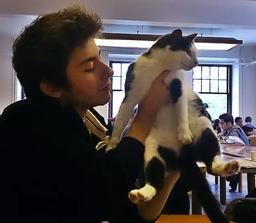Turkish is from the Altaic language family. But it historically interacted with Indo-European languages such as Persian or French a lot. Thus Turkish has many borrowings from them and today we will see the Persian borrowing -ki.
-ki has three usages, and each usage will be presented in a seperate lesson. These are:
- Adjectivizing
- Conjunction
- Pronominalization
In this lesson we will see the adjectivizing -ki. The adjectivizing -ki is attached to time adverbs (i.e sonra) or nouns in the locative form (i.e okulda) to make them adjectives so that they can describe another noun. Let's see through an example.
| Prepositional | Adjectival |
|---|---|
| Hastanede kadınlar öldü. | Hastanedeki kadınlar öldü. |
| Women died in the hospital. | The women in the hospital died. |
It is difficult to explain this construction in English because English doesn't overtly mark this adjectivizing, but nevertheless it exists. In the first column both hastanede and in the hospital are prepositional phrases. They both tell us about where the dying happened.
In the second column, hastanedeki and in the hospital are adjectival phrases, they both modify the noun in front of them, women. In Turkish it is easier to spot this differentiation because Turkish overtly marks this with -ki.
Keep in mind that as a Persian loanword, -ki does not behave according to vowel harmony. That is to say it never becomes -kı. For example okuldaki is the correct form. There are only two exceptions to this: bugünkü and dünkü.

